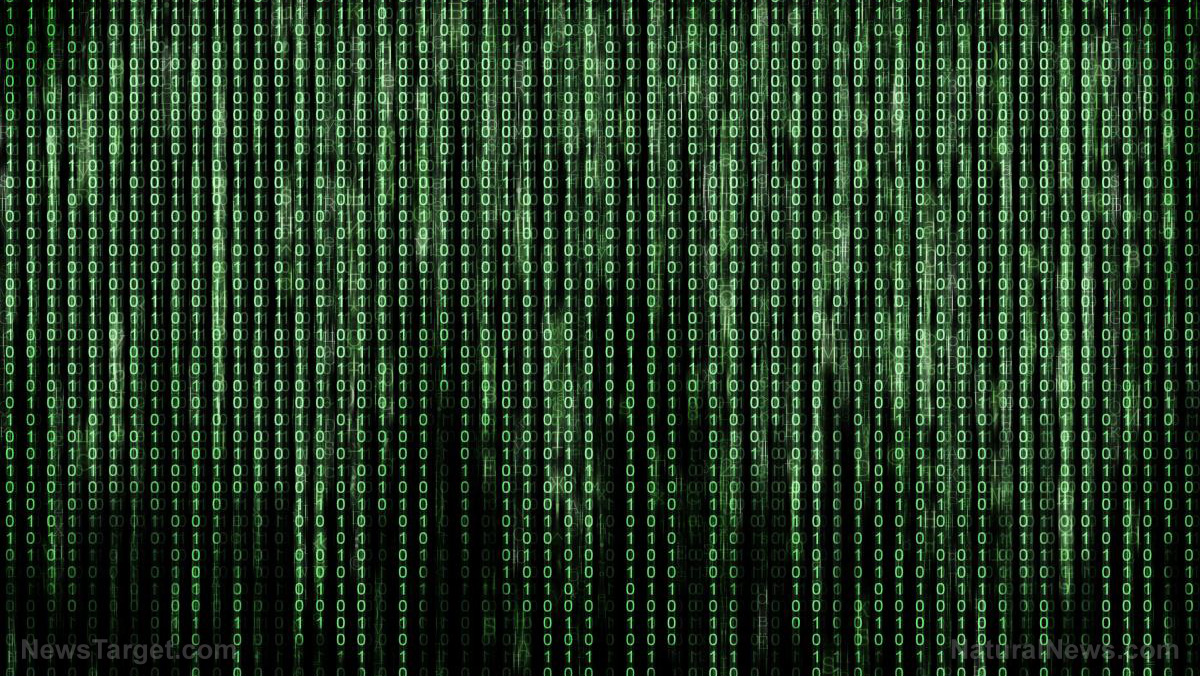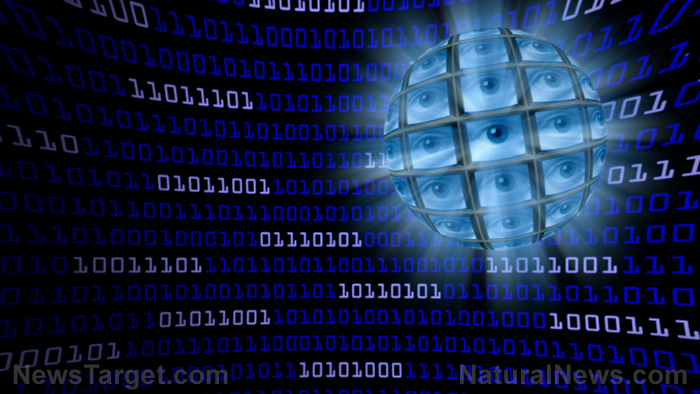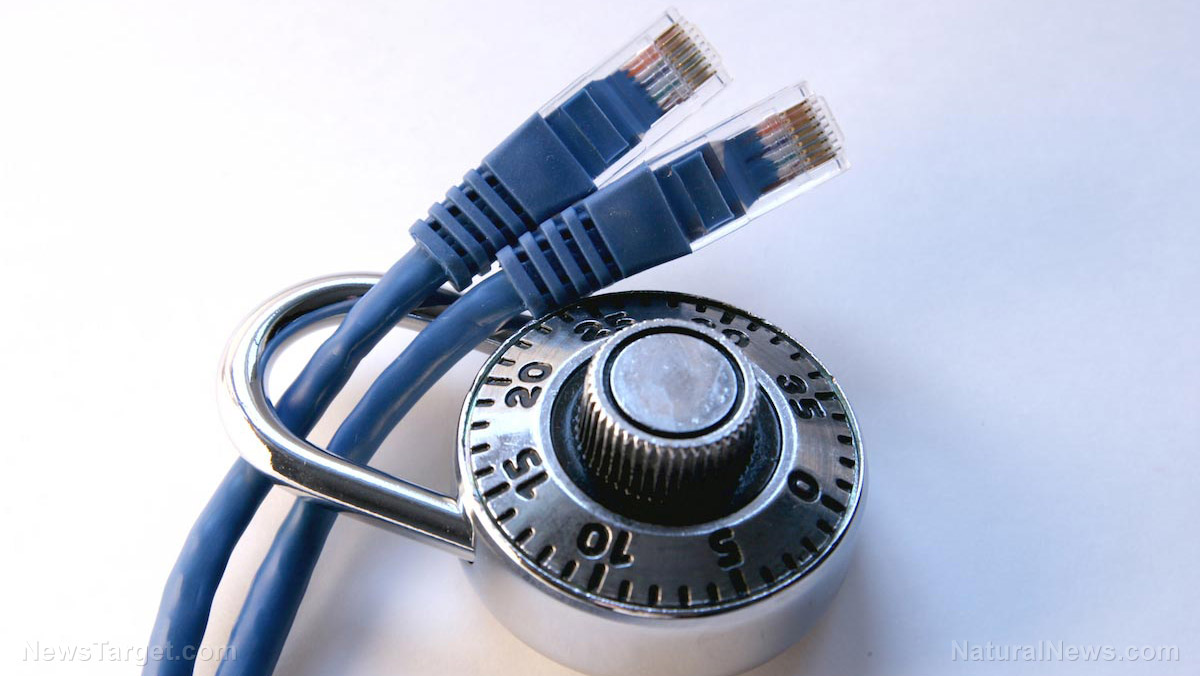
Their groundbreaking discovery involves the generation of incredibly fast pulses of light. Each pulse is made up of a single light particle called a photon.
A photon can be used as a bit of data in binary code, the basic language of computers. These bits – and the data they contain – can be transferred from one computer to another.
If an unauthorized party intercepts the message, the bits will be disturbed in a very detectable manner. The sender will therefore know that the message had been hacked and take steps to counteract the intrusion. (Related: How to protect your information and remain anonymous online.)
High speed data transmission just got more secure
It is increasingly common to send data bits in the form of photons that travel through fiber optic cables at high speed. The problem is that each pulse is made up of millions of particles. The law of probability states that some of those photons could be intercepted without the sender noticing the hack.
A hacker that is able to intercept the data bits with part of the code might be able to bypass the encryption of secure data. It would be easy to access the remaining parts of the message and decode it.
Switching to single photon pulses will make data transmission absolutely secure. However, current technologies are unable to generate these particles at sufficient speed for the purpose of sending large amounts of data at high speeds.
This is where the researchers from the University of Sheffield (UoS) come in. They took advantage of the Purcell Effect to generate protons at a very high speed. They used a large, hollow crystal as the semiconductor chip. The cavity of the crystal serves as a housing for an even smaller crystal called a quantum dot. The researchers proceeded to bombard the quantum dot with a laser. The nanocrystal absorbs the energy of the laser light before releasing that energy as a photon.
Trapped within the cramped cavity of the semiconductor crystal, the laser light is only able to bounce off the walls of the crystal. The Purcell effect increases the photon emission rate by 50 times compared to the standard method.
New photon emission method produces identical particles at high speed
The drawback of this method is that the photons tasked with transporting the data might get mistaken for the laser light. However, the UoS researchers amended this by channeling these photons away from the cavity. While there are faster photon light pulses, this method has a significant advantage: The photons produced by the Purcell Effect are exactly the same. Such identical photons are vital for numerous applications in quantum computing.
"Using photons to transmit data enables us to use the fundamental laws of physics to guarantee security," explained Mark Fox, a UoS professor involved with the study. "It’s impossible to measure or ‘read’ the particle in any way without changing its properties. Interfering with it would therefore spoil the data and sound an alarm."
Fox added that his team were able to solve a long-standing puzzle that frustrated quantum physicists to no end. Their method is the first efficient means of using the Purcell Effect to ramp up the emission of photons, a method that could be used to make fiber optic telecommunications system.
If you are interested in reading more about new, quantum physics-enabled means of securing high-speed data transmissions, visit Computing.news.
Sources include:
Please contact us for more information.























